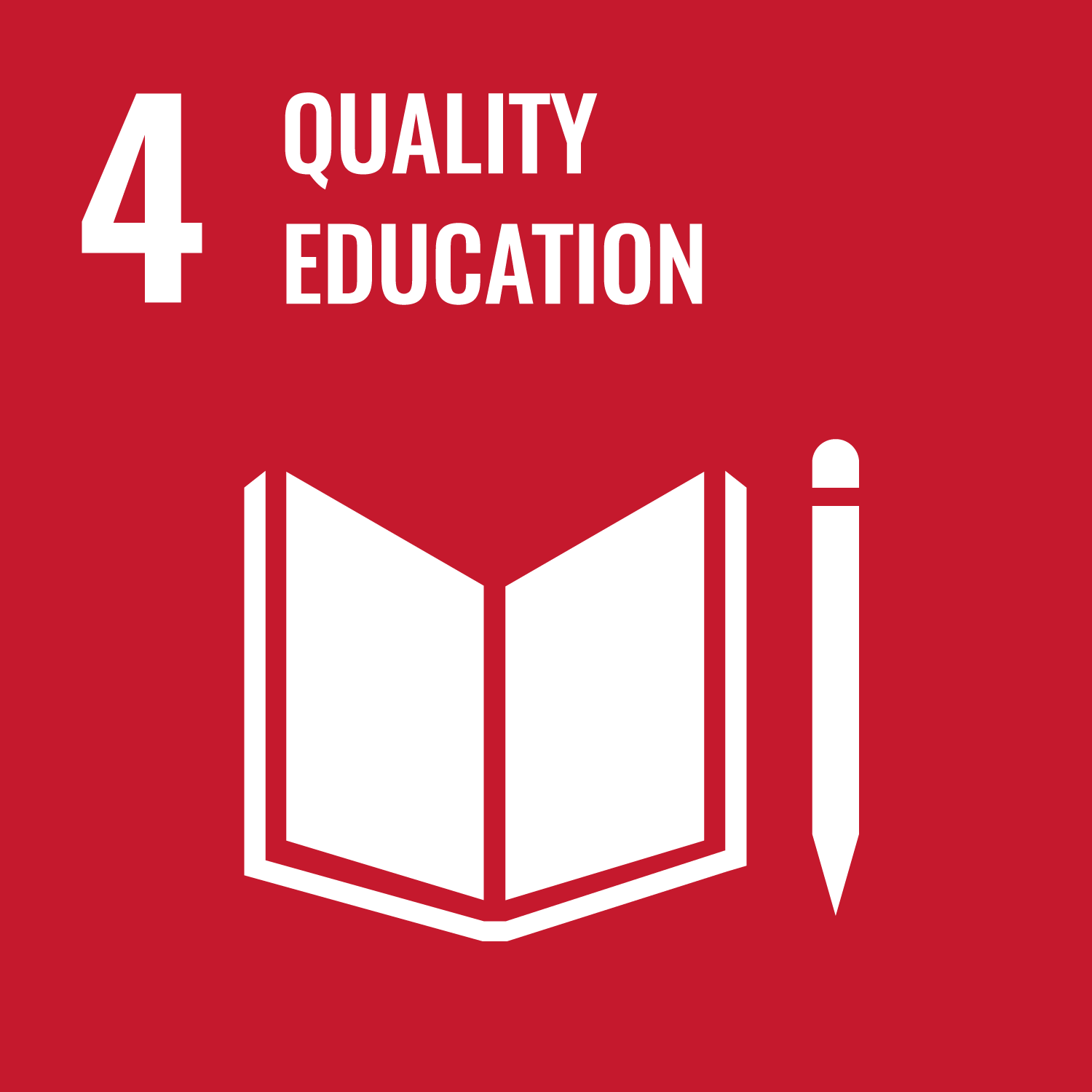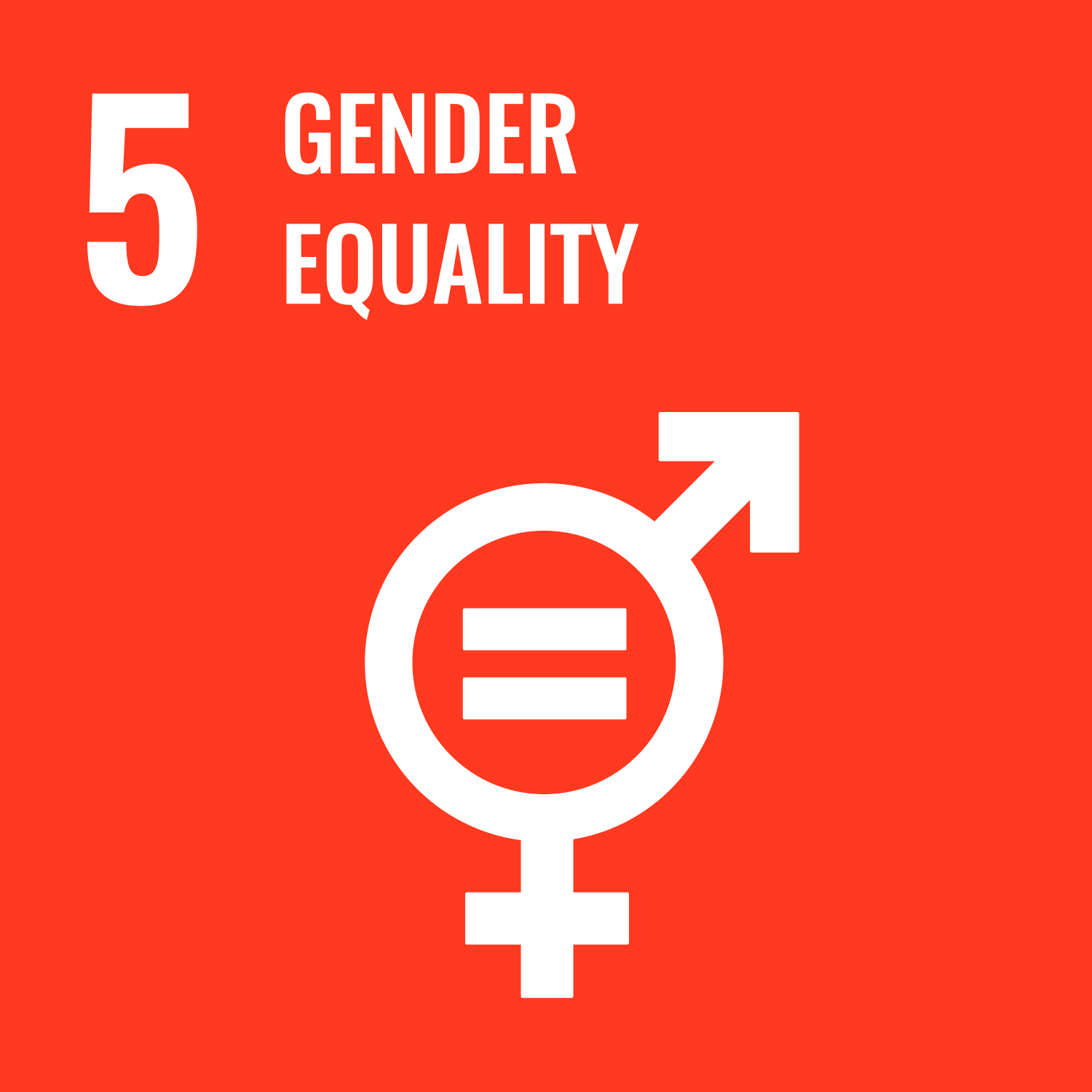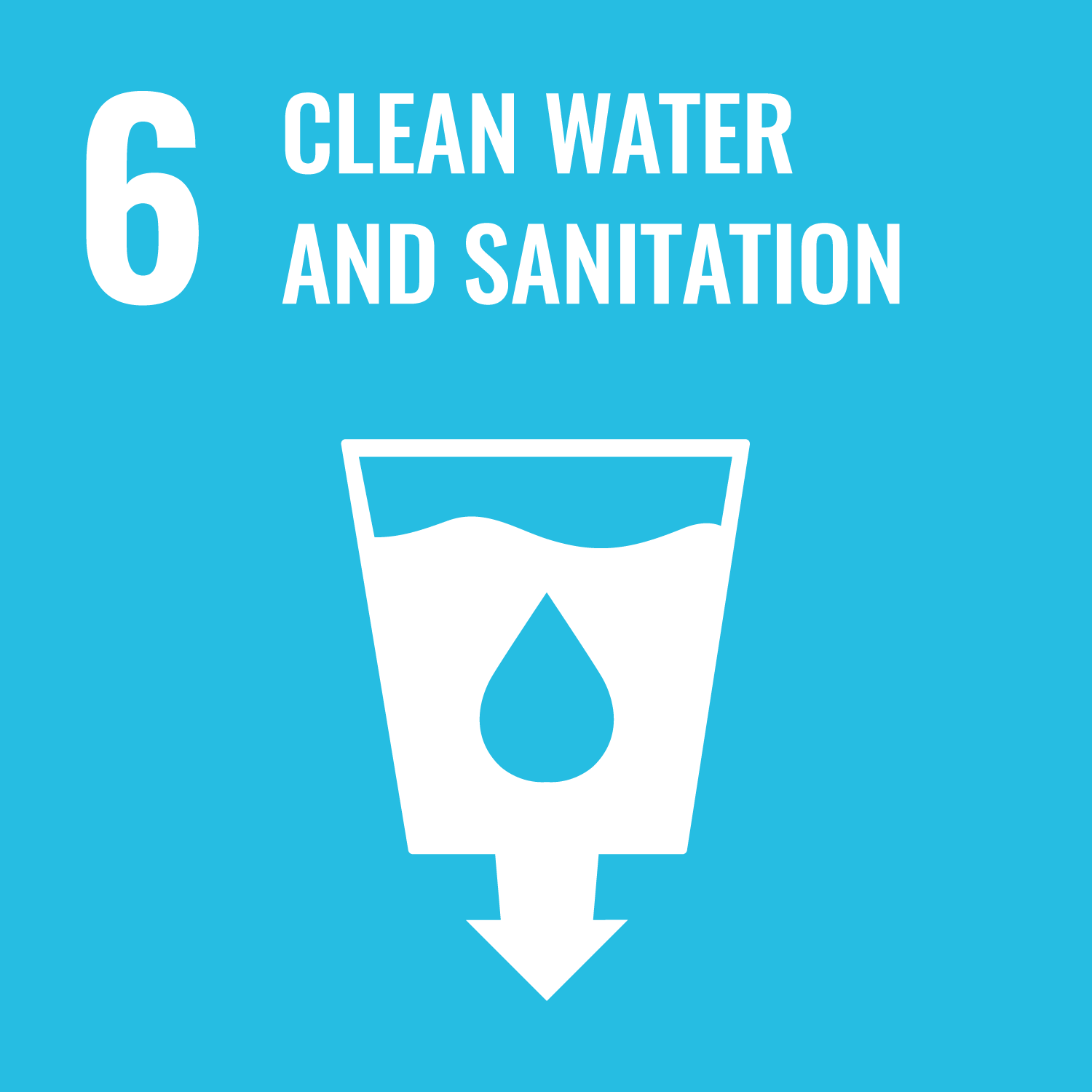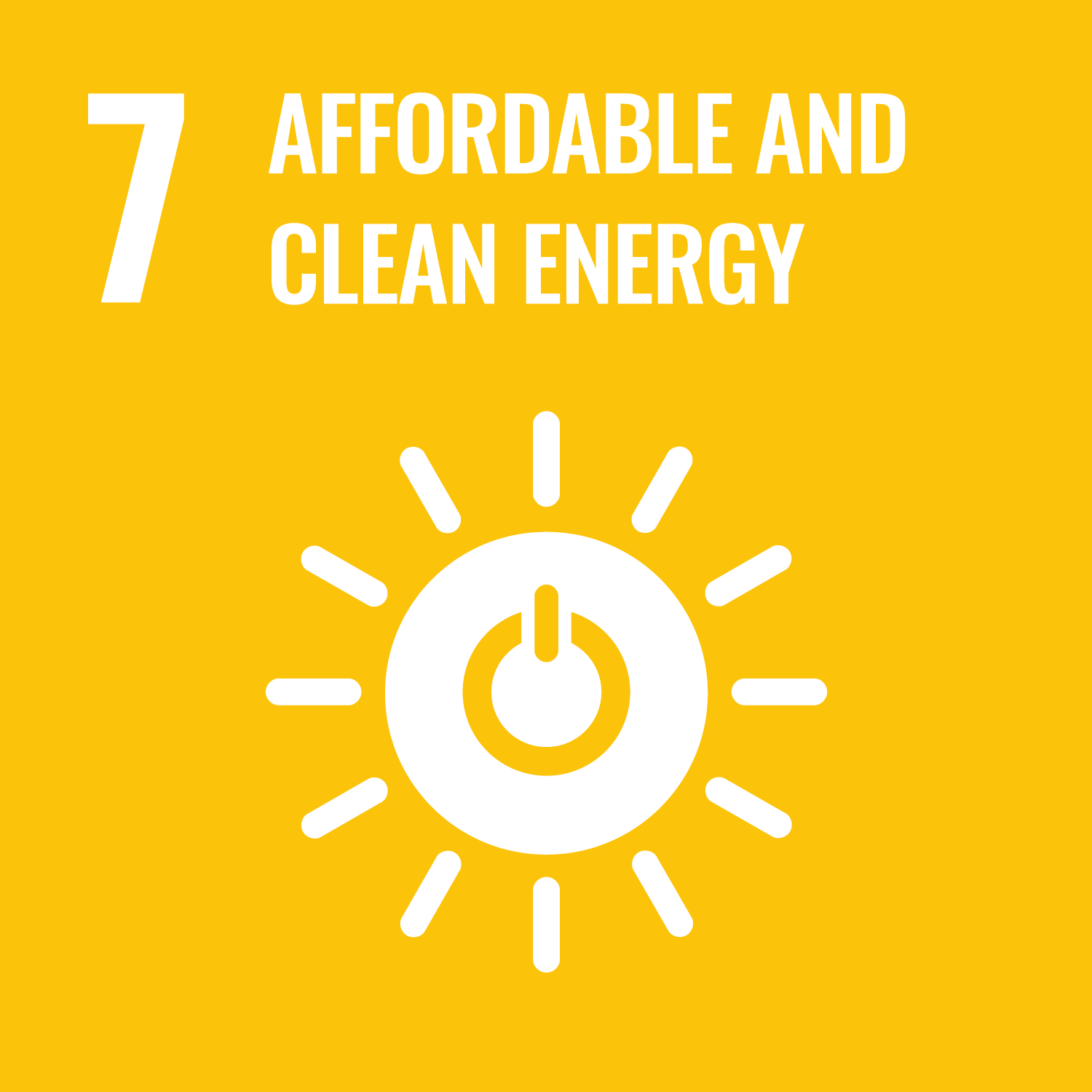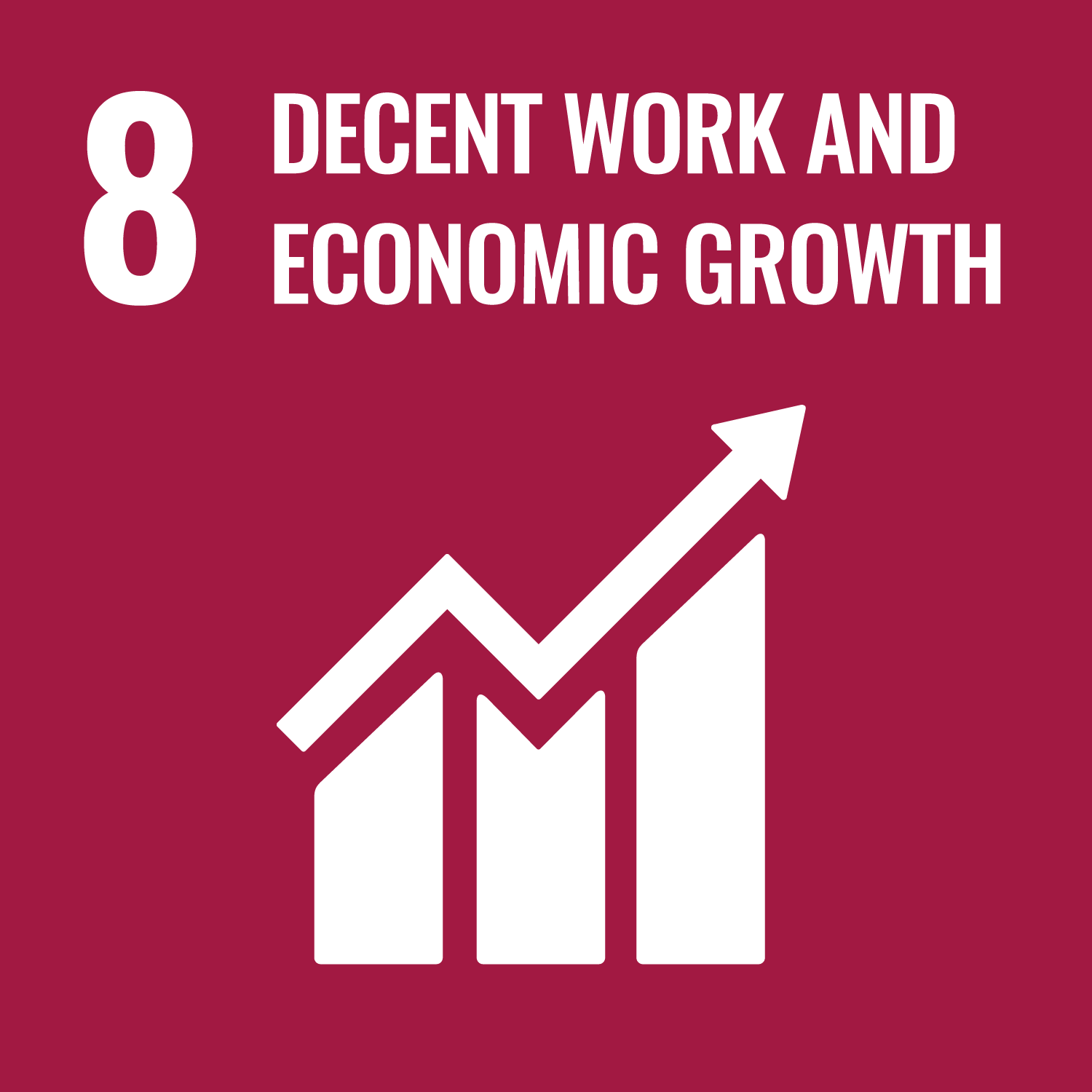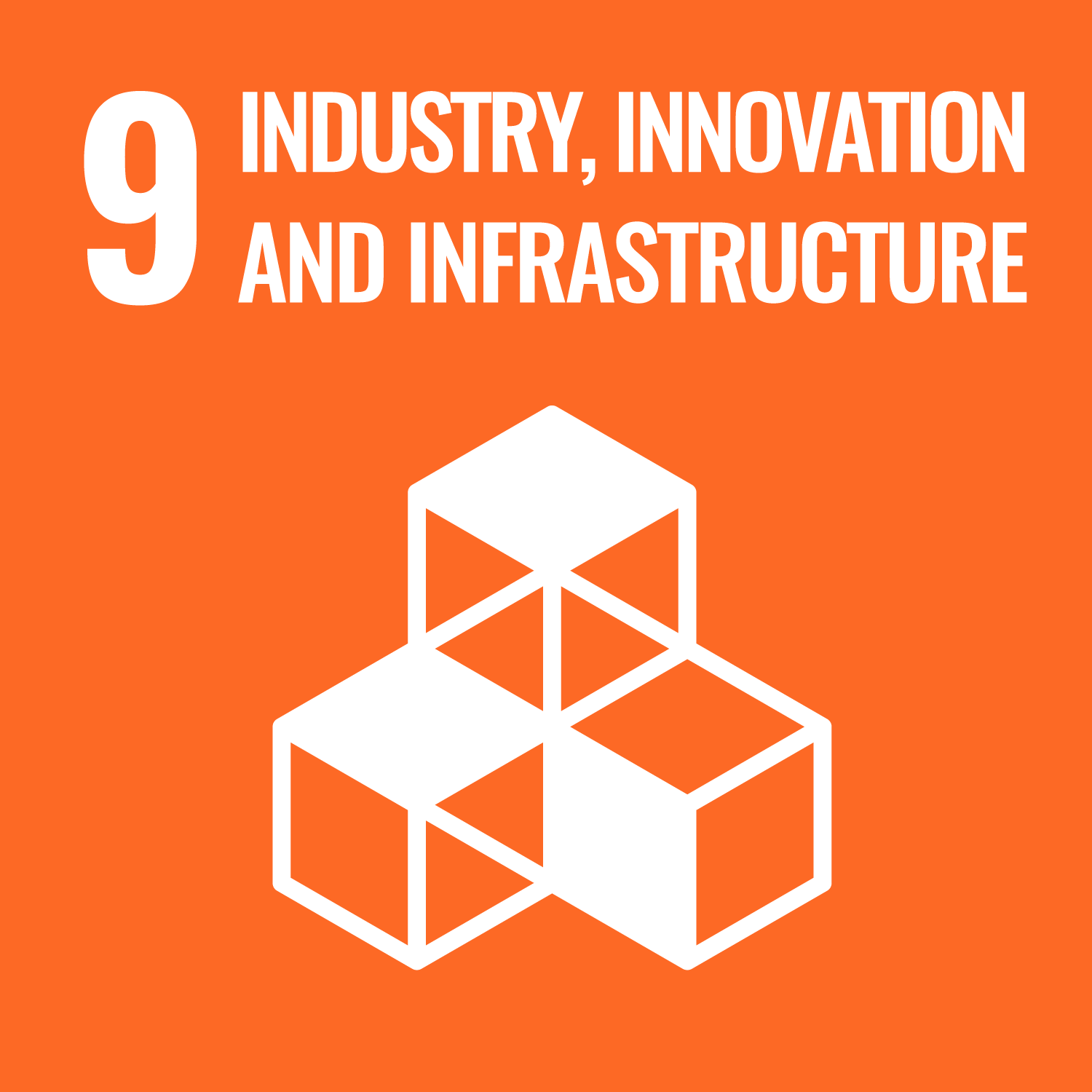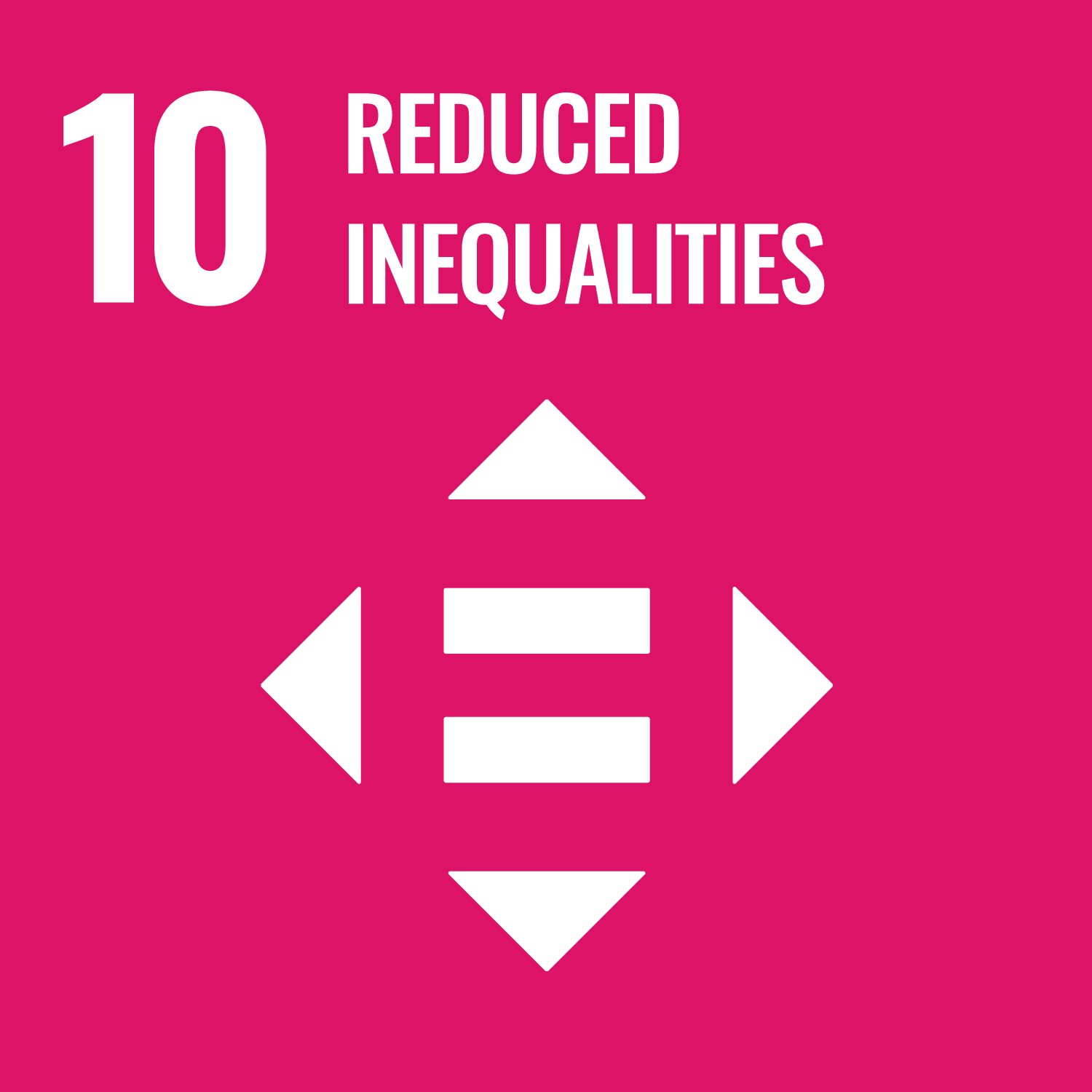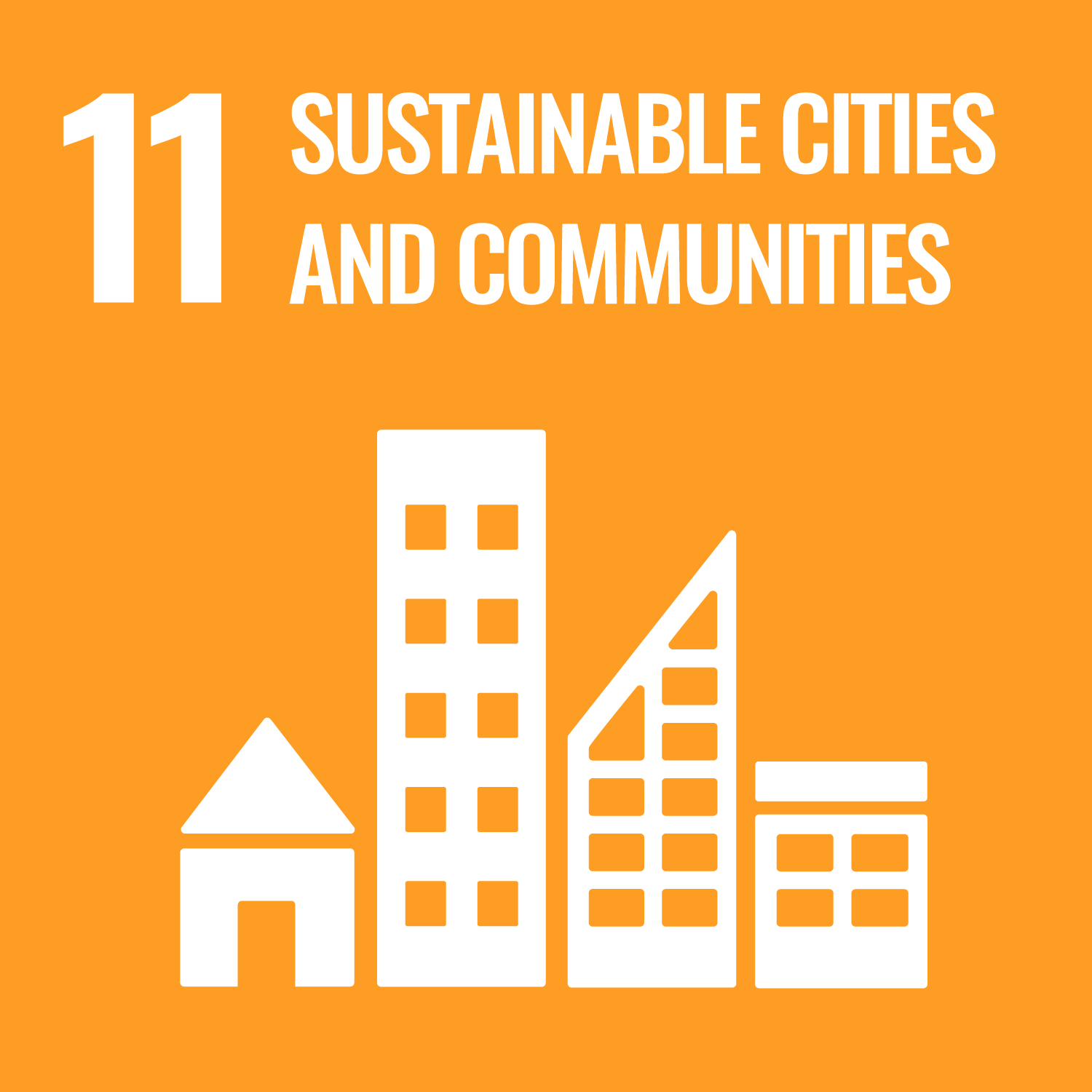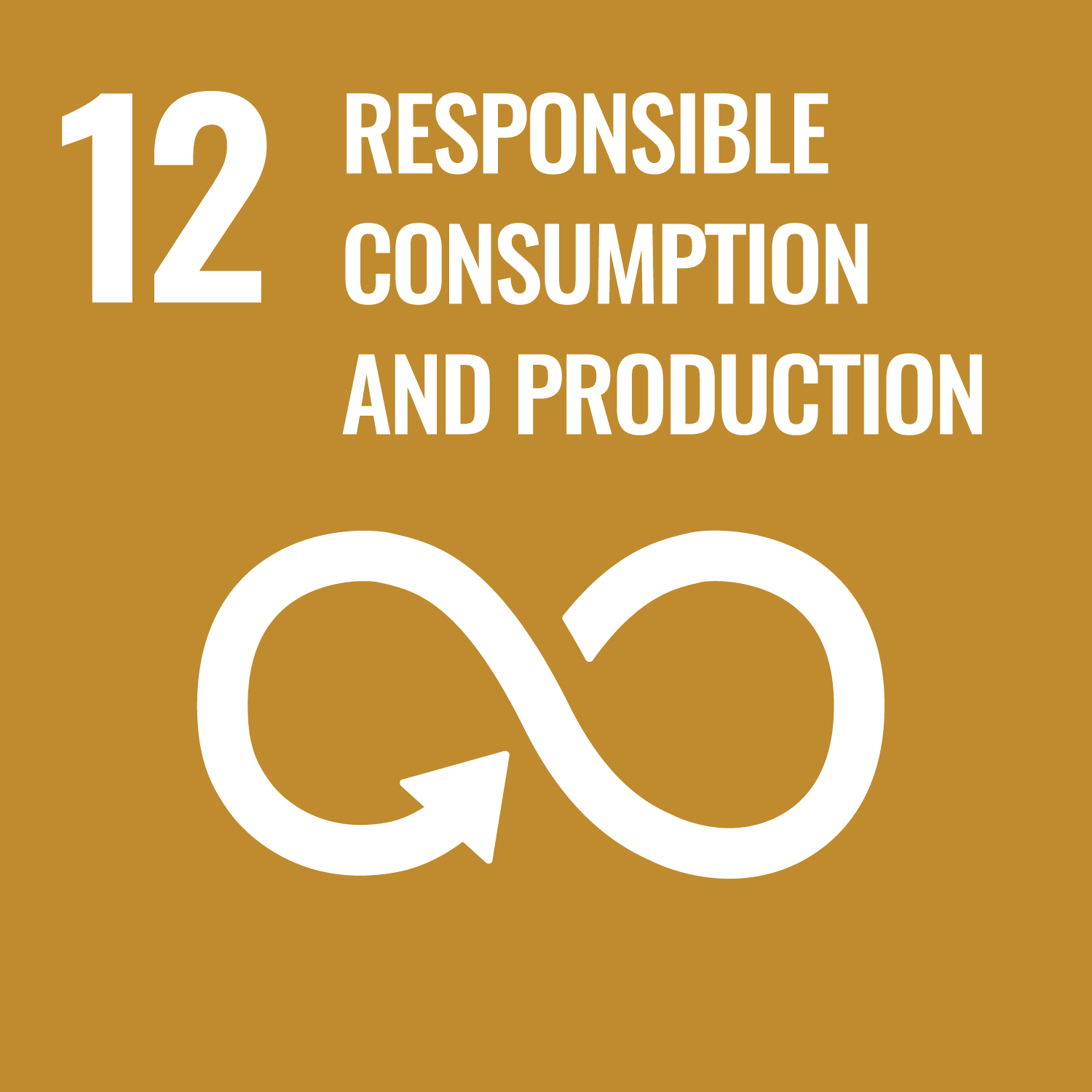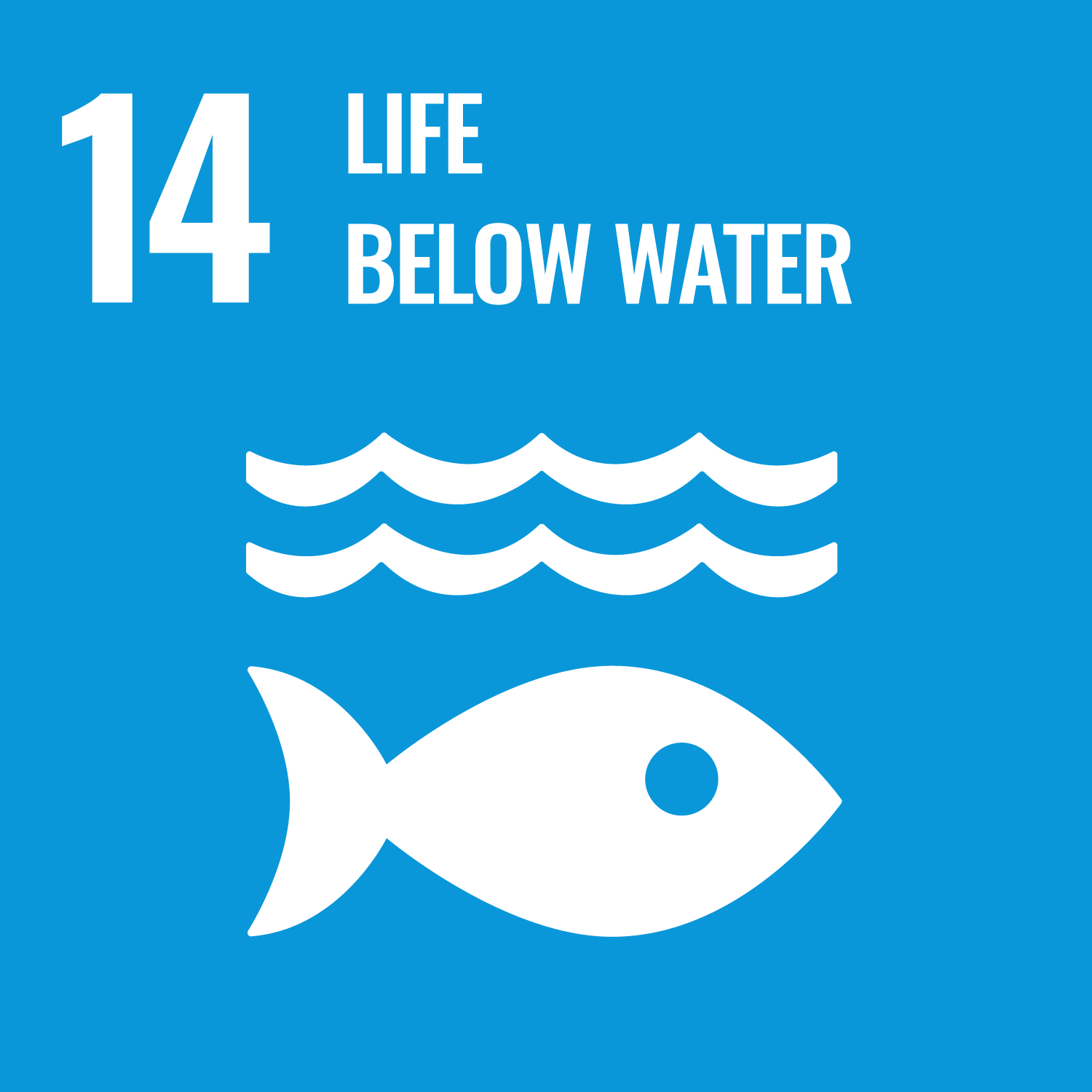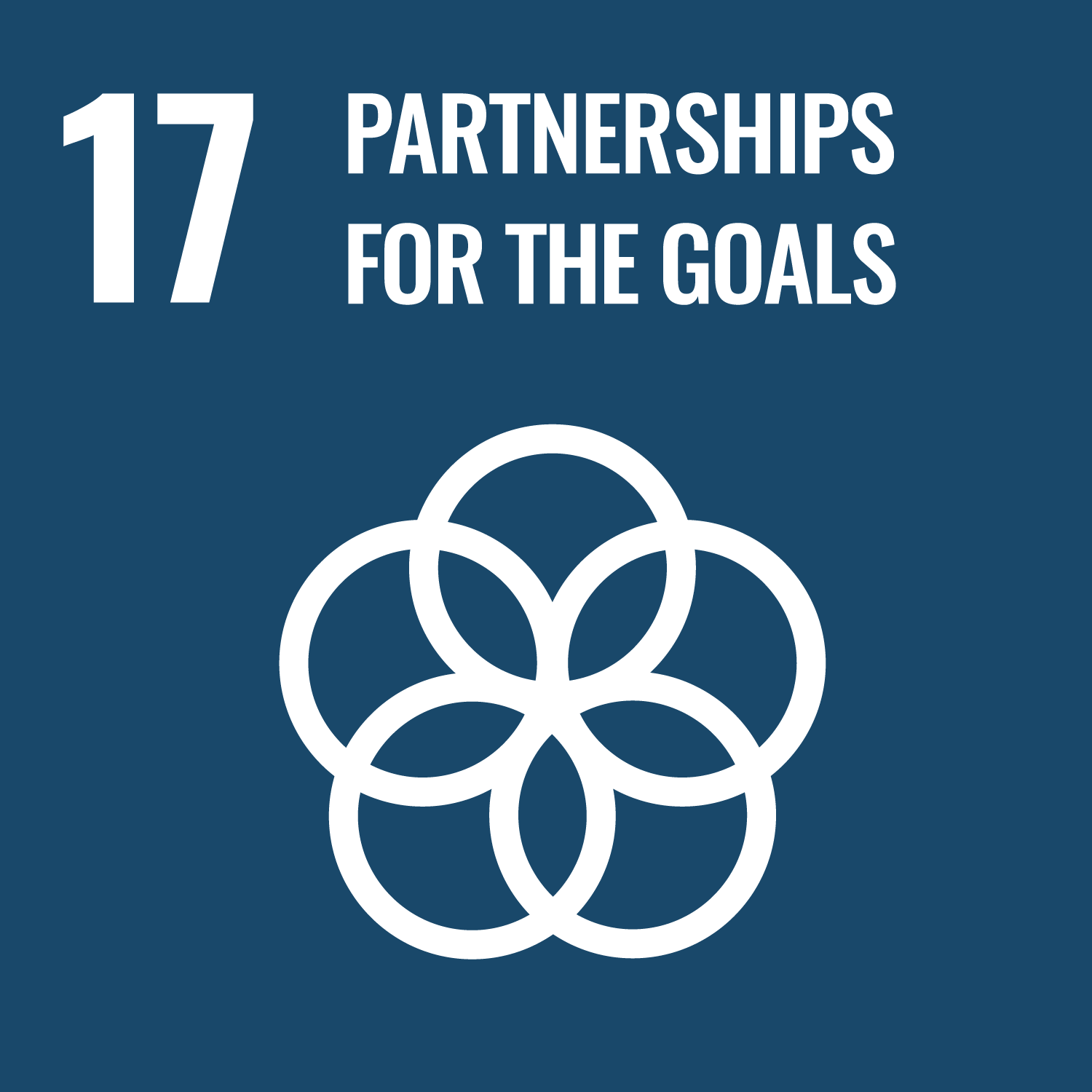Smart Agriculture-ready Sweet Potato Cultivation Technology
Faculty of Agriculture Department of Agricultural Sciences and Natural Resources
Applied Plant Science
Crop Science
Associate Professor
SHIMOTASHIRO Tomohide
Background and objectives of activities
The agricultural industry is a mainstay industry that supports rural areas by bearing the responsibility for food production and has multifaceted functions such as preserving the national land and reducing environmental impact. However, the agricultural workforce is aging, and there are few new bearers, resulting in a serious labor shortage. In addition, there are still many areas that rely on manual labor and intuition by skilled farmers, making it difficult to pass on skills. To solve these problems, there is a need to develop technologies to lighten, automate, and save labor in agricultural work and cultivation support technologies for growth diagnosis.
Summary of Activities
Kagoshima Prefecture is researching cultivation technology for smart agriculture for sweet potatoes, a key crop in Kagoshima Prefecture. They have developed a patented method of cultivating knotweed seedlings and image-based growth diagnosis to enable cultivation of sweet potatoes with robotic farm machinery, which are key technologies to realize advanced sweet potato production and improved productivity. Some of these achievements are now being tested in the Smart Agriculture Demonstration Project (a joint project with JA Kagoshima, Kimotsuki Branch), which was publicly solicited by the Ministry of Agriculture, Forestry and Fisheries.
Expected Benefits
Promote the securing and training of new farmers and the transformation of agriculture into a growth industry through the use of robots, AI, and IoT, and maintain a sustainable community. Maintain a stable domestic food supply to ensure sustainable consumption of domestic agricultural products and equitable distribution of food throughout the world, and reduce the environmental burden by shortening food mileage.



